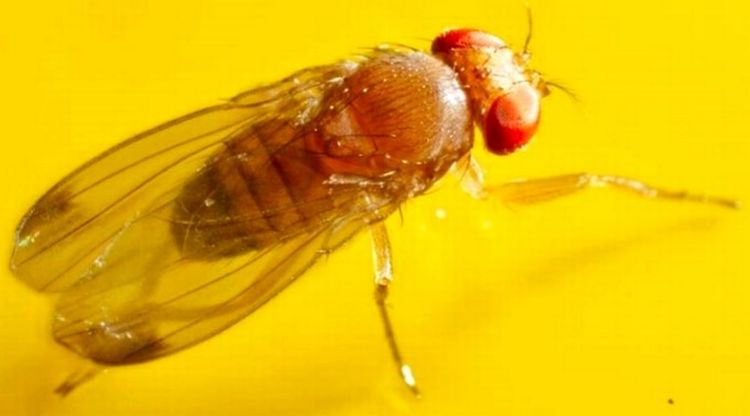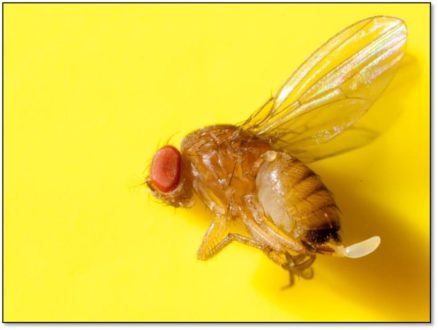Jul 13, 2021Blueberry harvest underway in south and west central Michigan
For the past seven days, west central Michigan have been under relatively moderated weather conditions characterized by daily minimum and maximum temperatures averaging 62˚ F and 80˚ F. Although no significant rainfalls have occurred during this period, there have been rain showers and drizzles that, depending on the location, allowed a rainfall accumulation of 0.6 to 0.8 inches. Grand Junction, Michigan, was the area that received the most precipitations.
Prevailing temperatures and overcast conditions favored the appearance of fruit rots in blueberries and an increase in the number of spotted wing drosophila (SWD) flies trapped at our monitoring trap network across the region.
Regarding crop conditions, blueberry varieties like Bluetta, Duke and Bluecrop are harvested at this time. Fruit quality is excellent, yields are better than expected and fewer problems are reported by growers. Problems reported include the presence of anthracnose fruit rot, Japanese beetle and spotted wing drosophila (SWD).
Anthracnose fruit rot has been favored by prevailing temperatures ranging from the upper 70s and lower 80s and damp conditions resulting from rain and drizzle occurring in the area during the past seven days. These weather conditions will remain in place for the rest of the week. Thus, we recommend maintaining a good disease management program to prevent the presence of this fruit rot, especially in susceptible varieties like Bluecrop. Recommended fungicide to control anthracnose outbreaks are Abound, Switch and Pristine, among others. Please consult the 2021 Michigan Fruit Management Guide (Michigan State University Extension bulletin E-154) for more fungicide options and doses.
SWD started arriving in blueberries in large numbers in comparison to the previous weeks. The number of flies trapped during the past several days increased from one to two females per trap to more than 20 per trap per week. This sudden arrival in blueberries coincides with the ripening of blueberries and with the beginning of harvest.


One important aspect of this year’s SWD population dynamics is that 20 out of 21 flies trapped are females. This is very important because many scouts and growers rely on the presence of males on yellow sticky cards inside the trap. The characteristic dots on the male’s forewing tips allows an easy identification of the presence of the pest. However, in today’s conditions where only one in 20 flies is a male, the need to carefully examine all the flies trapped in the yellow sticky cards and in the liquid is critical to avoid misdiagnosis of the presence of SWD.
Remember, SWD females are larger than males and do not have marks on the wings. The key for female’s identification is the large serrate ovipositor. Therefore, you need to use hand lenses or a stereoscopic microscope to check the end of the flies’ abdomen. See the pictures in this article as reference for identification.
– Carlos Garcia-Salazar, Michigan State University Extension
Photo at top: Female spotted wing drosophila without marks on the forewing and with a serrated ovipositor and egg. Photo: Rufus Isaacs/Michigan State University















